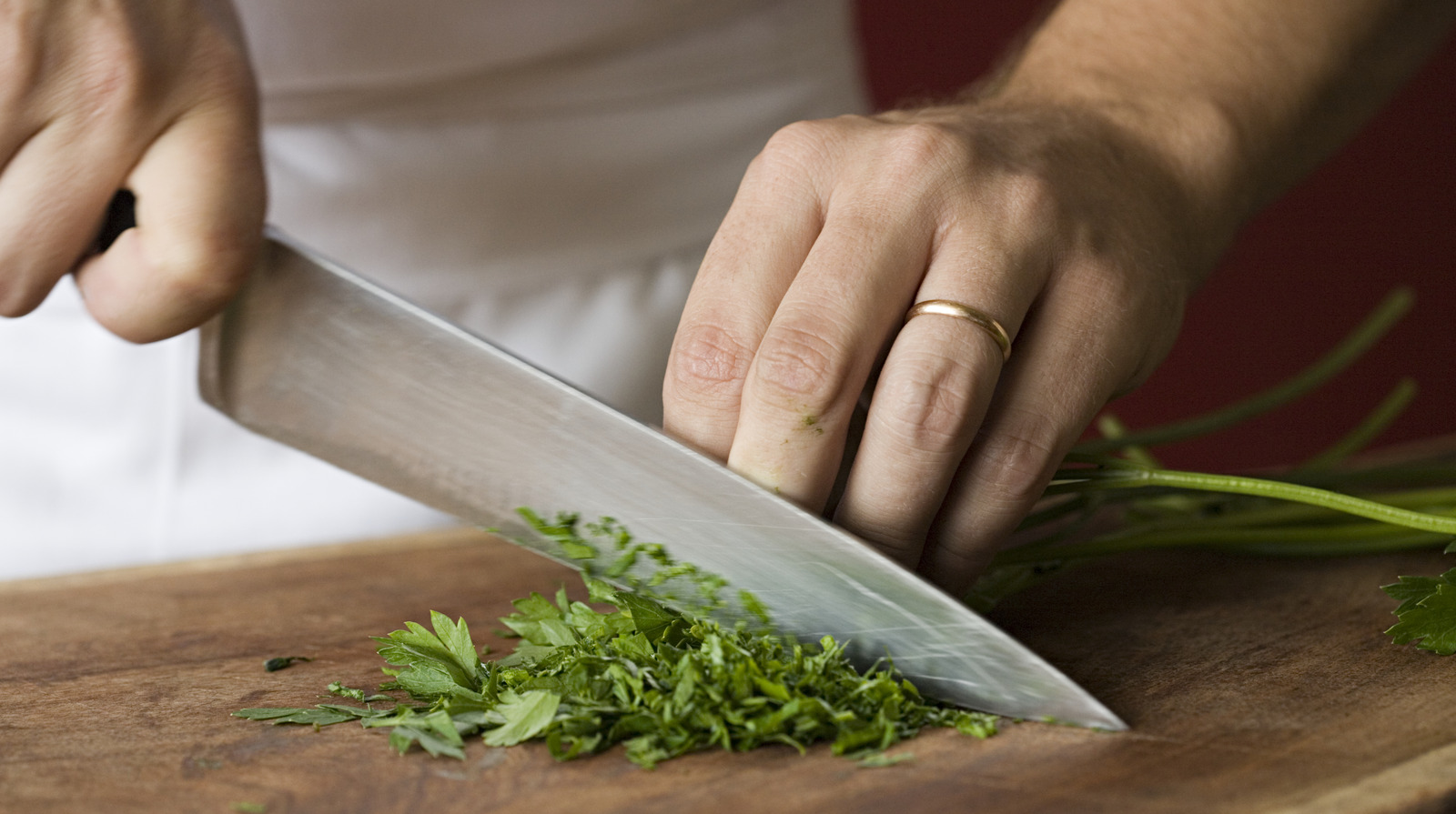When it comes to kitchen tools, one often-overlooked item is the plastic cutting board. As a kitchen professional, you may ask yourself, 'which side of plastic cutting board to use?' The answer is more critical than most realize. Understanding the correct usage is essential not only for food safety but also for maintaining your kitchen tools.
In kitchens across the globe, cutting boards are the silent heroes. They endure our slicing, dicing, and chopping, often absorbing the stress we place upon them. Despite their robustness, you must learn the distinctions between the sides to ensure maximum hygiene and efficiency in your work.

Understanding Plastic Cutting Boards
Plastic cutting boards come in different materials, colors, and thicknesses, catering to various culinary needs. Especially if you are involved in high-volume kitchens, knowing which side of plastic cutting board to use can significantly impact your food prep.
Why Does It Matter?
Using the right side of your cutting board is crucial in preventing cross-contamination. With so many ingredients sharing the same surface, ensuring a safe cutting environment is fundamental.
Color-Coded Cutting Boards
Professional kitchens often adopt a color-coded system to enhance food safety. For example, use:
- Red: Raw meats
- Green: Fruits and vegetables
- Blue: Seafood
- Yellow: Cooked meats
- White: Dairy products
When asking, 'which side of plastic cutting board to use?' consider the specific product you have and whether any sides designate specific ingredient preparation.
Surface Texture: Flip for Function
Plastic cutting boards can come with textured surfaces on one side and a smooth surface on the other. When deciding which side of plastic cutting board to use, it is beneficial to match the surface texture with the food items. A textured surface works better for gripping raw vegetables, while a smooth surface ideal for cutting bread.
Best Practices for Using Plastic Cutting Boards
1. Maintain Cleanliness
Regardless of which side you use, always keep your cutting boards clean. Utilize different boards for different types of food, reducing the risk of contamination.
2. Regularly Inspect Your Boards
Check the edges and surfaces for wear and tear. A worn board can harbor bacteria, which may compromise food safety.
3. Cleaning Techniques for Plastic Boards
Plastic boards can go into the dishwasher for easy cleaning. However, inspect the manufacturer's guidelines to ensure their suitability for machine washing. You should clean the board with hot, soapy water after every use.
Conclusion
To sum up, which side of plastic cutting board to use should be determined by factors like the food being prepared, surface texture, and color-coding for safety. Prioritize cleanliness and regular inspection for surety in food safety.
Further Reading and Resources
For further details on maintaining your kitchen tools, check the article on tips and tricks for cutting boards.
Additionally, curious about what type of cutting board celebrities use? You can learn from Gordon Ramsay himself in this article on Gordon Ramsay's choice of cutting board.
If you want to learn more about care for specific types of boards, you can read our piece on cleaning marble cutting boards.

FAQs
1. Is there a recommended side for raw meat?
Yes, always use one designated side for raw meat to prevent cross-contamination. Ensure it is routinely cleaned and sanitized.
2. Can plastic cutting boards go in the dishwasher?
Yes, in most cases, plastic cutting boards are dishwasher safe, but always check the manufacturer's instructions.
3. Why are some cutting boards marked with colors?
Color-coded cutting boards help food professionals manage cross-contamination risks more effectively.
As an Amazon Associate, I earn from qualifying purchases.


























